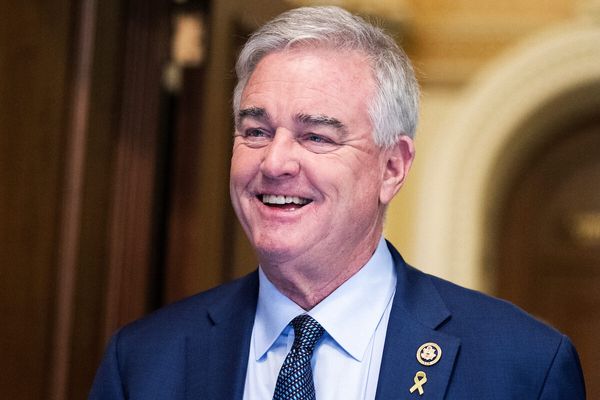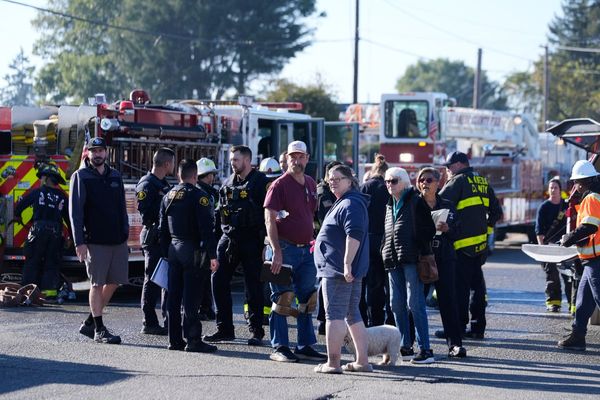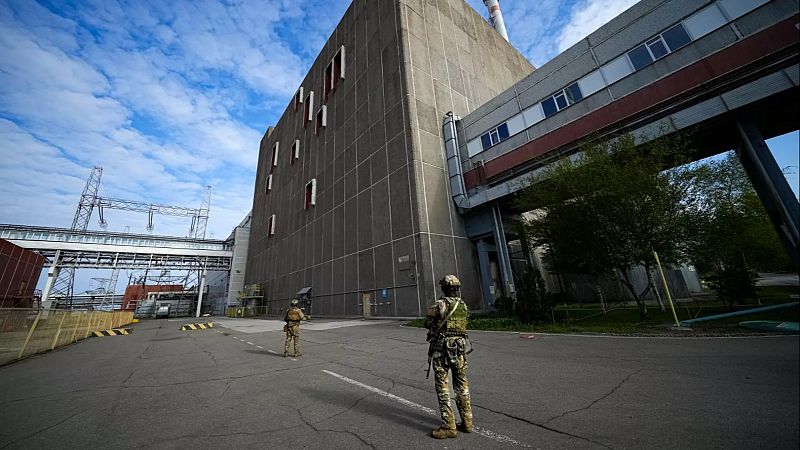
Off-site power to Ukraine’s Zaporizhzhia nuclear power plant (NPP), which has been occupied by Russian forces for nearly four years, is being restored after a month-long outage, officials said on Thursday.
Energy Minister Svitlana Grynchuk said the damaged 750-kilovolt Dniprovska transmission line linking the Russian-occupied plant to Ukraine's grid has been repaired, while work continues on the Ferosplavna 330-kilovolt backup line that runs through Russian-held areas.
The International Atomic Energy Agency said the repairs to Europe's largest nuclear power station were carried out under a local ceasefire.
It described the return of off-site power as "a key step for nuclear safety."
Russian and Ukrainian forces established special ceasefire zones for repairs to be safely carried out, a rare case of cooperation between both sides.
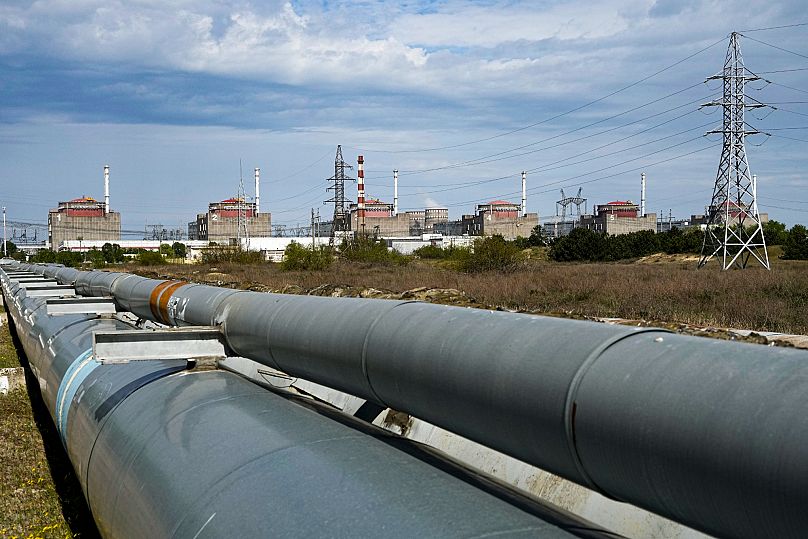
"Both sides engaged constructively with the IAEA to enable the complex repair plan to proceed," Grossi said in a statement.
Grynchuk said Ukrainian energy workers have repaired the plant's power lines 42 times since Russia’s full-scale invasion in 2022.
During that period, the facility lost external power and had to rely on emergency diesel generators on 10 occasions.
The Zaporizhzhia NPP has been operating on diesel backup generators since 23 September when its last remaining external power line was severed in attacks that Russia and Ukraine each blamed on the other.
The plant is in an area under Russian control since early in Moscow's invasion of Ukraine and is not in service, but it needs reliable power to cool its six shutdown reactors and spent fuel, to avoid any catastrophic nuclear incidents.
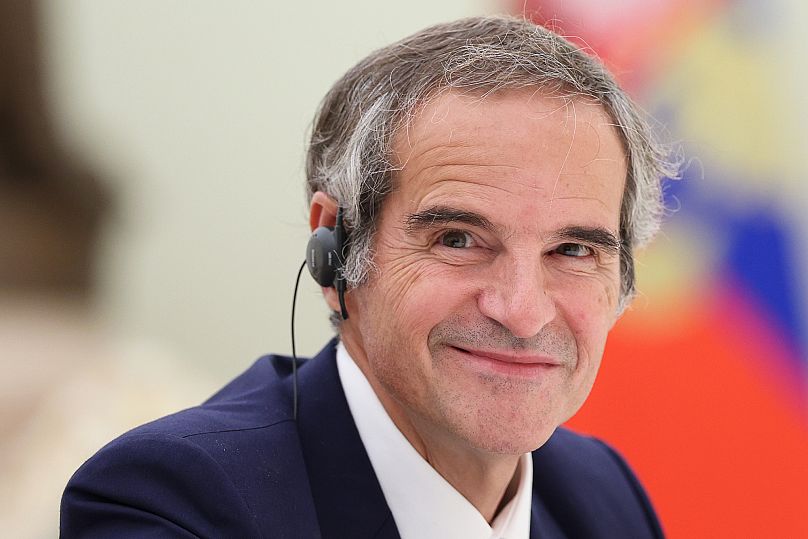
Grossi said on Saturday that emergency diesel generators were designed to be the "last line of defence" to help nuclear power plants cool their reactors, but that their use was now "an all too common occurrence."
"As long as this devastating conflict goes on, nuclear safety and security remains under severe threat. Today, we had some rare positive news to report, but we are far from being out of the woods yet," Grossi said.
Caught in the crossfire
Ukraine's President Volodymyr Zelenskyy sounded the alarm about safety risks at Zaporizhzhia in October, saying that the backup generators had never needed to run for so long.
"The generators and the plant were not designed for this," Zelenskyy said, describing the situation as "critical."
Zaporizhzhia is one of the 10 biggest nuclear plants in the world and its fate amid the fighting has caused fears of a potential nuclear catastrophe.
Russian forces seized it in the earliest days following the invasion of Ukraine on 24 February 2022.
Ukraine has four nuclear plants, though Zaporizhzhia is the only one in Russian hands.
Tensions surrounding the plant's safety have added to broader concerns about the course of the war, which shows no signs of ending after a US-led effort to stop the fighting amounted to nothing.

